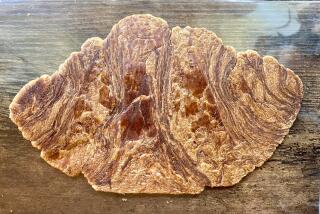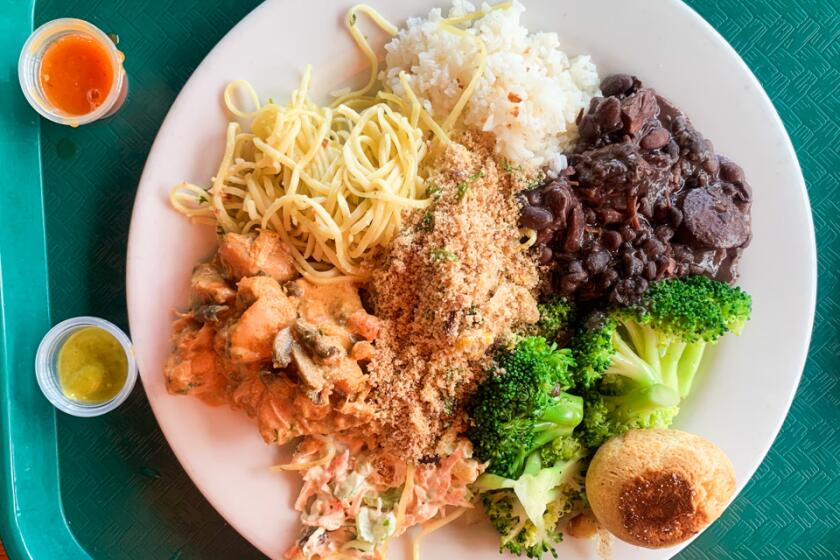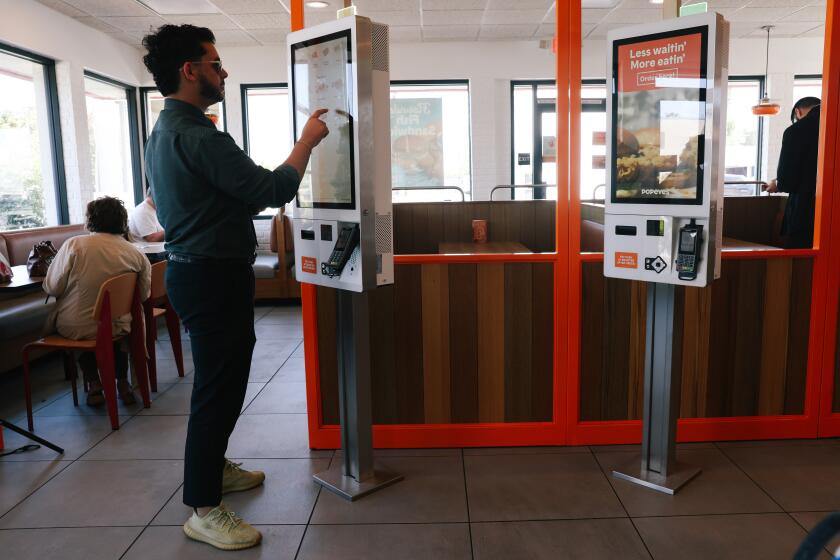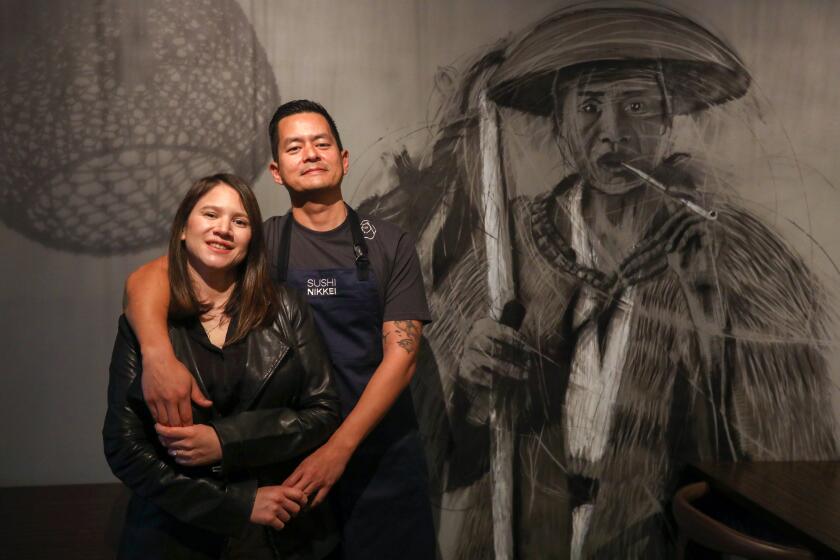Forklore: Free loafing
To Americans, “loaf-shaped” connotes something rectangular with definite square corners. That wouldn’t occur to people in most of Europe, where nearly all breads are baked free-standing--the long French and Italian loaves, the round rustic breads found from Russia to Spain, fancy braided harvest loaves and so on. Only in the Netherlands and the English-speaking world is bread usually baked in rectangular loaf pans.
England and Holland changed to the loaf pan because it was more convenient for bakers and in order to get a higher loaf (because the dough can’t spread sideways as it bakes, loaf-pan bread rises higher). This was in part because of the cult of the soft, inner crumb of bread during the 17th and 18th centuries.
But it’s also true that in the loaf-pan-bread world, bread tends to be sliced and eaten by itself, either buttered or made into sandwiches, while the rest of Europe tends to eat chunks of bread with a meal, so the shape of the loaf doesn’t matter there. (When the French make sandwiches, they use pain de mie, a bread baked in a loaf pan--a rather long, thin one, with a lid to keep the dough from rising too much in order to get a very dense crumb.)
But loaf pans are quite ancient. The ancient Egyptians had scores of different shapes: square, conical, even pyramidal. They probably used them for baking barley bread. Since barley dough doesn’t rise at all, you might as well give it a cute shape.
More to Read
Eat your way across L.A.
Get our weekly Tasting Notes newsletter for reviews, news and more.
You may occasionally receive promotional content from the Los Angeles Times.






